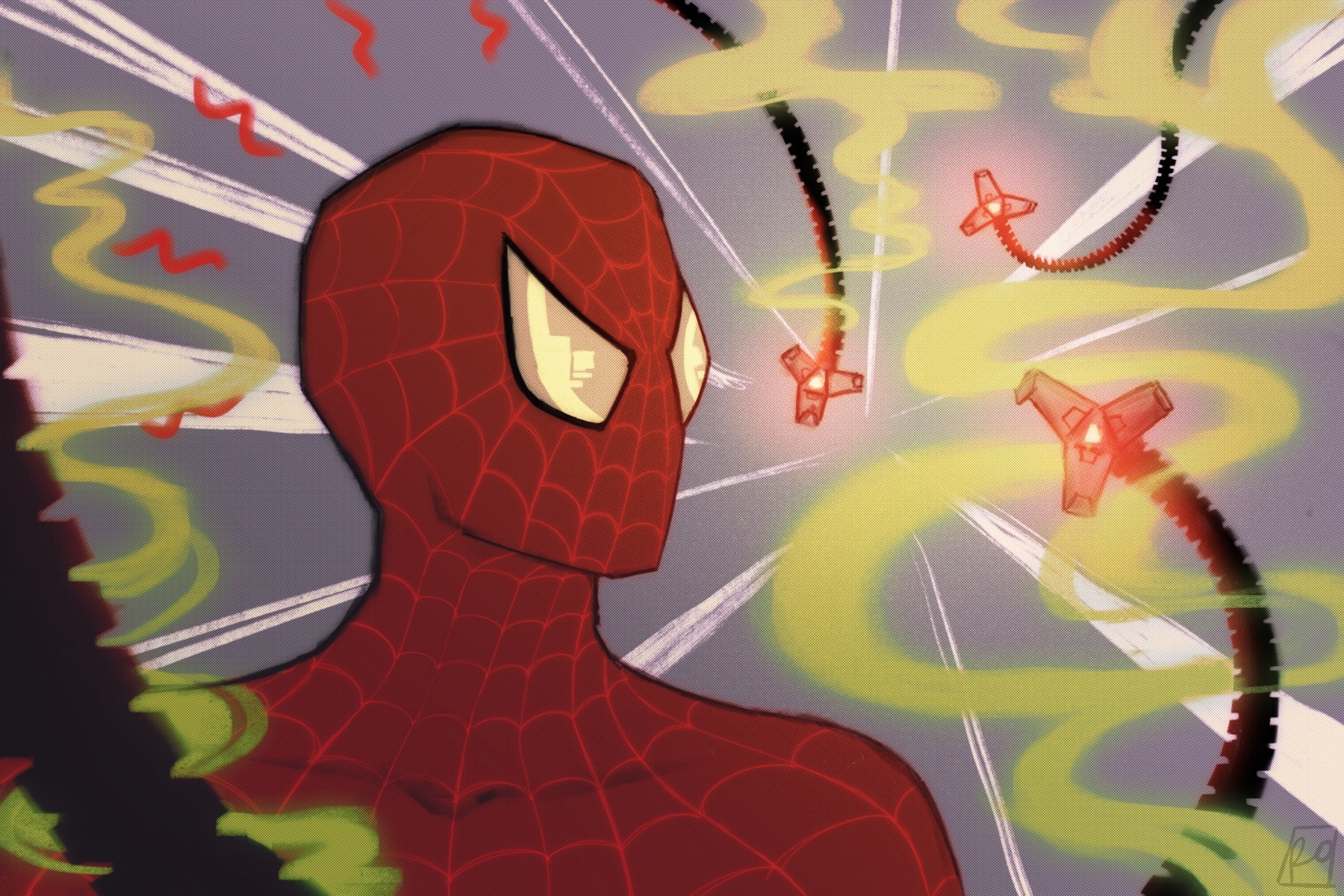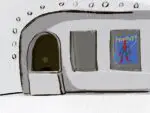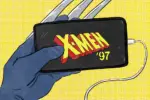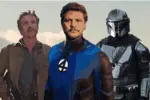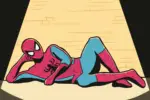Not only did the first teaser for “Spider-Man: No Way Home” break the record for most-viewed trailer within 24 hours, but thanks to the appearance of some familiar faces, it’s also brought Sam Raimi’s Spider-Man trilogy back into the pop culture conversation almost 20 years after its release.
Tom Holland’s Peter Parker will be facing off against at least two villains from Raimi’s trilogy: Green Goblin (Willem Dafoe) and Doctor Octopus (Alfred Molina). Some have speculated that even the Sandman (Thomas Haden Church) will return, but this has not yet been confirmed.
One of the most popular fan theories also sees Tobey Maguire suiting up again to help Holland take down his former foes. While the actors have kept quiet about whether or not this is true, it feels like a certainty at this point. After all, Maguire’s portrayal is still held in high regard, so his return would certainly be welcomed by longtime fans.
While some could argue that Maguire is solely favored due to the fact that he was the first man to play the famed web-slinger in a movie trilogy, it might also be because his Peter Parker was the one many grew up watching. Each new Spider-Man iteration has presented the character at younger stages in his life — Raimi’s films followed Peter all through late high school and college, leaving him in young adulthood.
Audiences were introduced to Peter in his senior year of high school (pre-spider bite) when he was a clumsy nerd, picked on by comically cruel bullies. We saw him fumble awkwardly each time he spoke with his longtime crush Mary Jane, before he gained the confidence to become her best friend-turned-boyfriend. Viewers rooted for Peter, knowing he was brilliant even despite his blunders. Most importantly, they observed his transformation from a nervous kid in a cage fight to New York City’s savior.
Additionally, compared to the other cinematic iterations of Spider-Man, Maguire’s Peter Parker is more secretive, concealing his identity to protect the ones he loves. This battle is near-constant throughout the trilogy, as Peter often wonders if it’s even worth suiting up if it means that he can’t live his own life happily.
In “Spider-Man 2,” he temporarily hangs up the mantle, but he ultimately can’t let himself leave the game knowing that there’s people that need to be saved. No matter how tempting a normal life may sound, Peter Parker will heed the advice his late Uncle Ben left him with and choose to use his powers responsibly.
Spider-Man finds his humanity while his menacing opponents wrestle to keep hold of their own. Unlike the Avengers, who’ve fought a CGI animated, purple man from space to save the entire universe, Spider-Man fights men who have lost themselves to their work, falling under the control of their own creations. Unlike Peter, they’re conquered by the accidents that made them powerful, and their first instinct is to do something sinister.
Despite his inherent good nature, Peter recognizes their struggles, often trying to reason with them. “Sometimes, to do what’s right, we have to be steady and give up the thing we want the most. Even our dreams,” he tells Doctor Octopus, who is hell-bent on destroying the city. His message gets through, and the Doc is persuaded to help Peter save the day. It’s a rare example of a three-act structure in a superhero film — a moment of common ground established between hero and foe.
It would be remiss to speak about Raimi’s films without mentioning his distinct visual choices for the franchise. The trilogy itself feels lifted from a comic book — dramatic scene transitions are quick shifts from panel to panel and every fight sequence embodies the physicality of speech bubbles exclaiming “POP!” or “THWAP!” Also, like many of the early comics, he keeps battles within NYC, making Peter Parker a true “friendly neighborhood Spider-Man.”
Raimi’s films fully immersed audiences into Peter Parker’s world, taking them inside his veins as he’s bitten and using slow-motion sequences to make them privy to exactly how his Spidey-sense works. He also exercises his horror chops from his “Evil Dead” films to create suspense, keeping viewers at the edge of their seats as lingering camera shots prepare them for a jump scare from the dastardly Green Goblin.
Raimi ensures that every scene in the film is visually stunning and intriguing. Shots of towering buildings, twinkling city lights and raging fires accompany the characters throughout the film, leaving something to be desired from the more bland and straightforward cinematography many action films opt for now.
While Raimi is not involved in the upcoming “Spider-Man: No Way Home” film, he is slated to direct “Doctor Strange and the Multiverse of Madness,” the MCU’s first horror film. His return to the world of superhero movies is eagerly awaited, with many feeling the genre hasn’t quite been the same since he left.
Among the dozens of hero-centric movies and television shows, Raimi’s trilogy has always been destined to be remembered. The iconic upside-down kiss in the rain, the exhilarating train rescue and even Peter’s brief stint as a pizza delivery boy remain etched in the minds of those who grew up watching the films. Goblin’s trademark maniacal cackle alone, paired with a clip of a rolling pumpkin bomb — his weapon of choice — was enough to send fans in a frenzied celebration for his return.
“Spider-Man” was a cinematic staple in the early aughts. It was the first film to ever reach $100 million in a single weekend and, at the time, it became the highest-grossing superhero film ever. While not directly connected to the Marvel Cinematic Universe (yet), it paved the way for those future films thanks to its commercial successes and popularity.
With fan anticipation building more and more as the release date for “Spider-Man: No Way Home” approaches, Marvel should bear in mind that nostalgia is one powerful drug, and “with great power comes great responsibility.”


